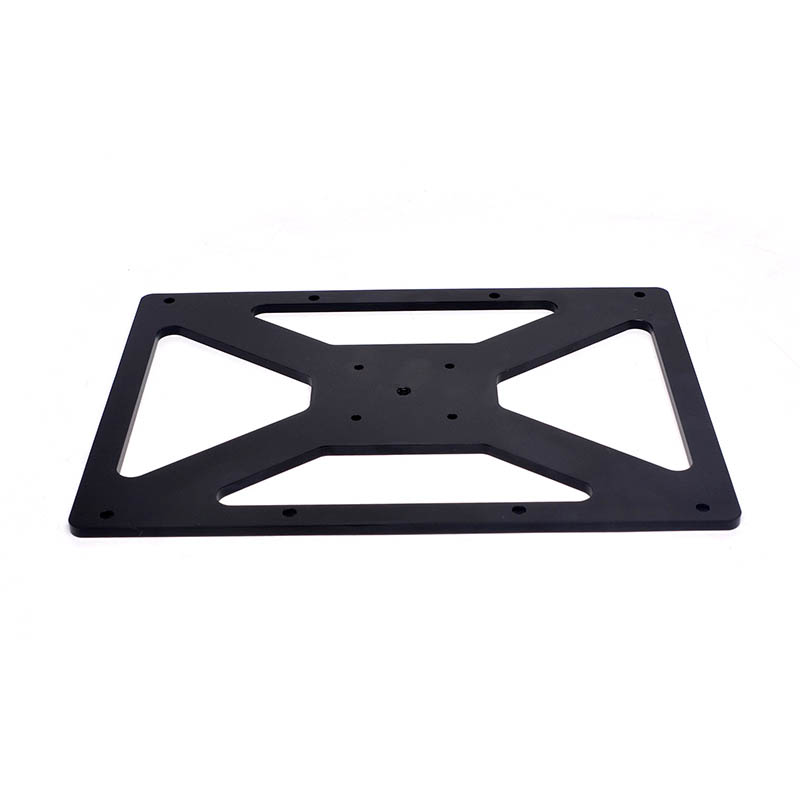
In the metalworking industry, understanding the differences between welding and sheet metal fabrication is crucial for professionals and enthusiasts alike. While both processes involve working with metals, they serve distinct purposes and require unique skills and tools. In this comprehensive guide, we will explore the key disparities between welding and sheet metal fabrication to provide a deeper insight into these essential metalworking techniques.
Welding is a process that joins two or more metal pieces together by heating them to the point of melting and then allowing them to cool, creating a strong bond. There are various types of welding processes, including MIG (Metal Inert Gas), TIG (Tungsten Inert Gas), Stick welding, and more. Each welding method has its advantages and is suitable for different applications. Common materials used in welding include steel, aluminum, and stainless steel.
Sheet metal fabrication involves manipulating flat pieces of metal into desired shapes and structures through processes such as cutting, bending, forming, and assembling. This versatile technique creates a wide range of products, from household appliances to automotive parts. The materials commonly used in sheet metal fabrication are aluminum, copper, and galvanized steel.
While both welding and sheet metal fabrication involve working with metals, the main distinction lies in their purposes. Welding is primarily used to join metals together, while sheet metal fabrication involves shaping and forming metal sheets to create various products and structures. Understanding when to use each process is essential for achieving the desired results in metalworking projects.
Welding is a critical process used in various industries, including construction, automotive, aerospace, and manufacturing. From building structures to repairing equipment, welding plays a vital role in ensuring the integrity and durability of metal components. Projects that require welding range from simple repairs to complex fabrications, demonstrating the versatility of this metalworking technique.
Sheet metal fabrication is widely utilized in industries such as architecture, HVAC (Heating, Ventilation, and Air Conditioning), and custom metalwork. Products made through sheet metal fabrication include ductwork, enclosures, cabinets, and signage, showcasing the diverse applications of this technique in creating functional and aesthetically pleasing metal structures.
Exceling in welding requires a combination of technical skills, problem-solving abilities, and attention to detail. Welding professionals must possess expertise in reading blueprints, operating welding equipment, and adhering to safety protocols. Training programs and certifications are available for individuals seeking to enhance their welding skills and pursue a career in the metalworking industry.
To succeed in sheet metal fabrication, individuals need to have proficiency in cutting, bending, and forming metal sheets accurately and efficiently. Other essential skills include blueprint reading, welding, and soldering techniques. Training courses and certifications in sheet metal fabrication provide individuals with the knowledge and expertise needed to excel in this specialized field.
Quality control is paramount in welding projects to ensure the structural integrity and safety of the welded components. Techniques such as visual inspections, non-destructive testing, and welder certifications are employed to verify the quality of the welds. Adhering to industry standards and best practices is essential for achieving consistent and reliable welding results.
Maintaining quality control in sheet metal fabrication is essential for producing accurate and durable metal structures. Inspection procedures, material testing, and compliance with industry regulations are key aspects of quality control in sheet metal fabrication projects. By implementing rigorous quality control measures, fabricators can deliver high-quality products that meet customer expectations.
In conclusion, welding and sheet metal fabrication are integral processes in the metalworking industry, each serving distinct purposes and requiring unique skills and tools. By understanding the differences between welding and sheet metal fabrication, metalworking professionals can enhance their capabilities and deliver superior results in their projects. Whether joining metals together through welding or shaping metal sheets through fabrication, both processes contribute to the creation of innovative and functional metal structures. In the dynamic world of metalworking, mastering the art of welding and sheet metal fabrication is essential for success and advancement in the industry.